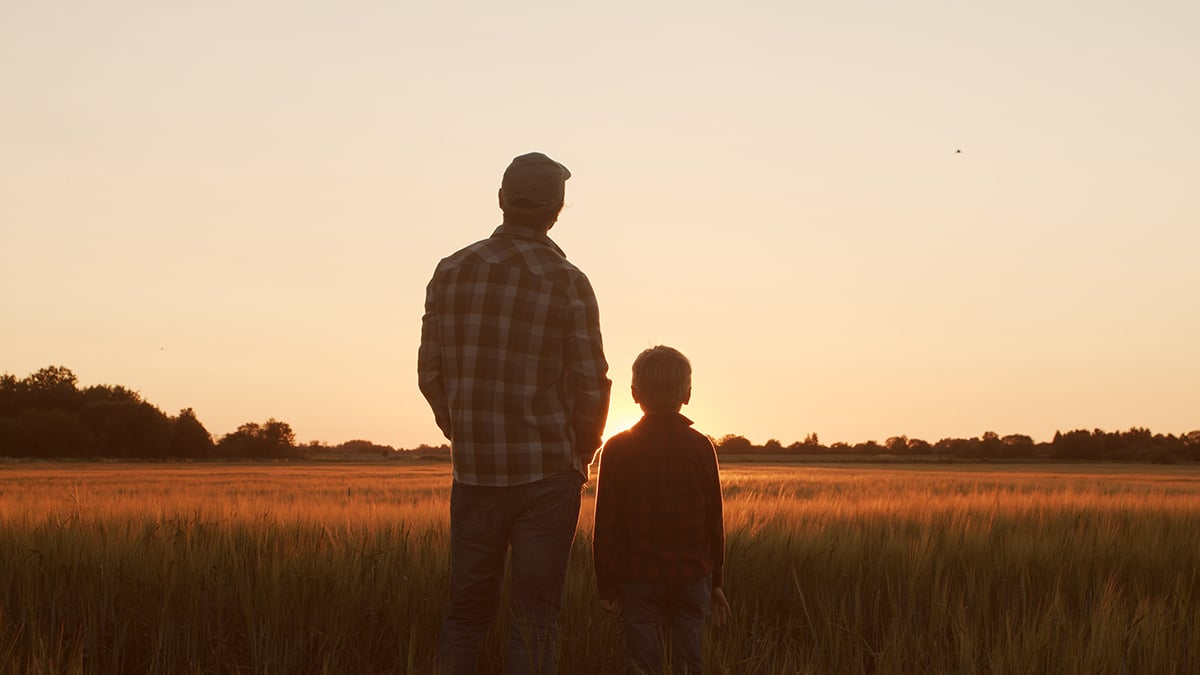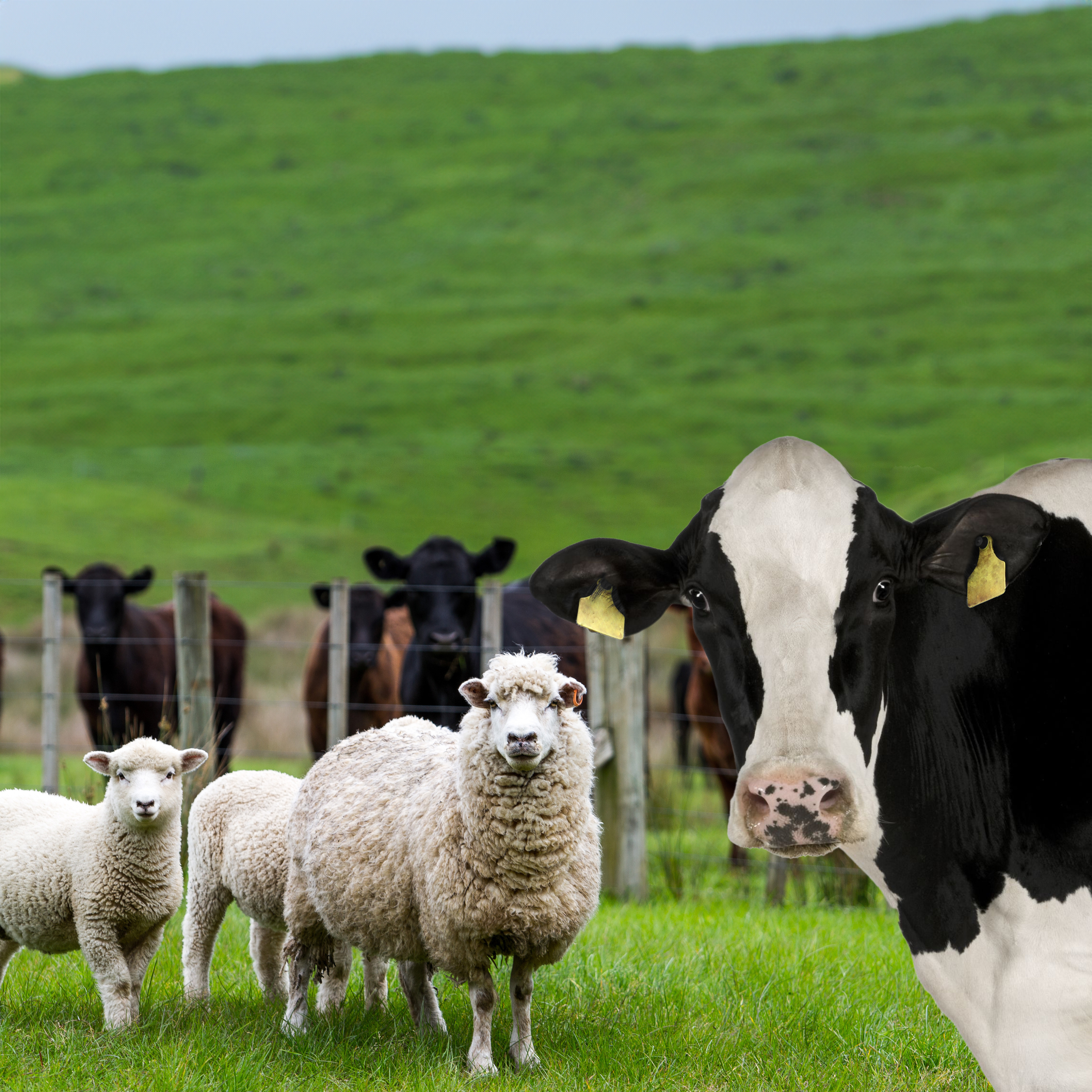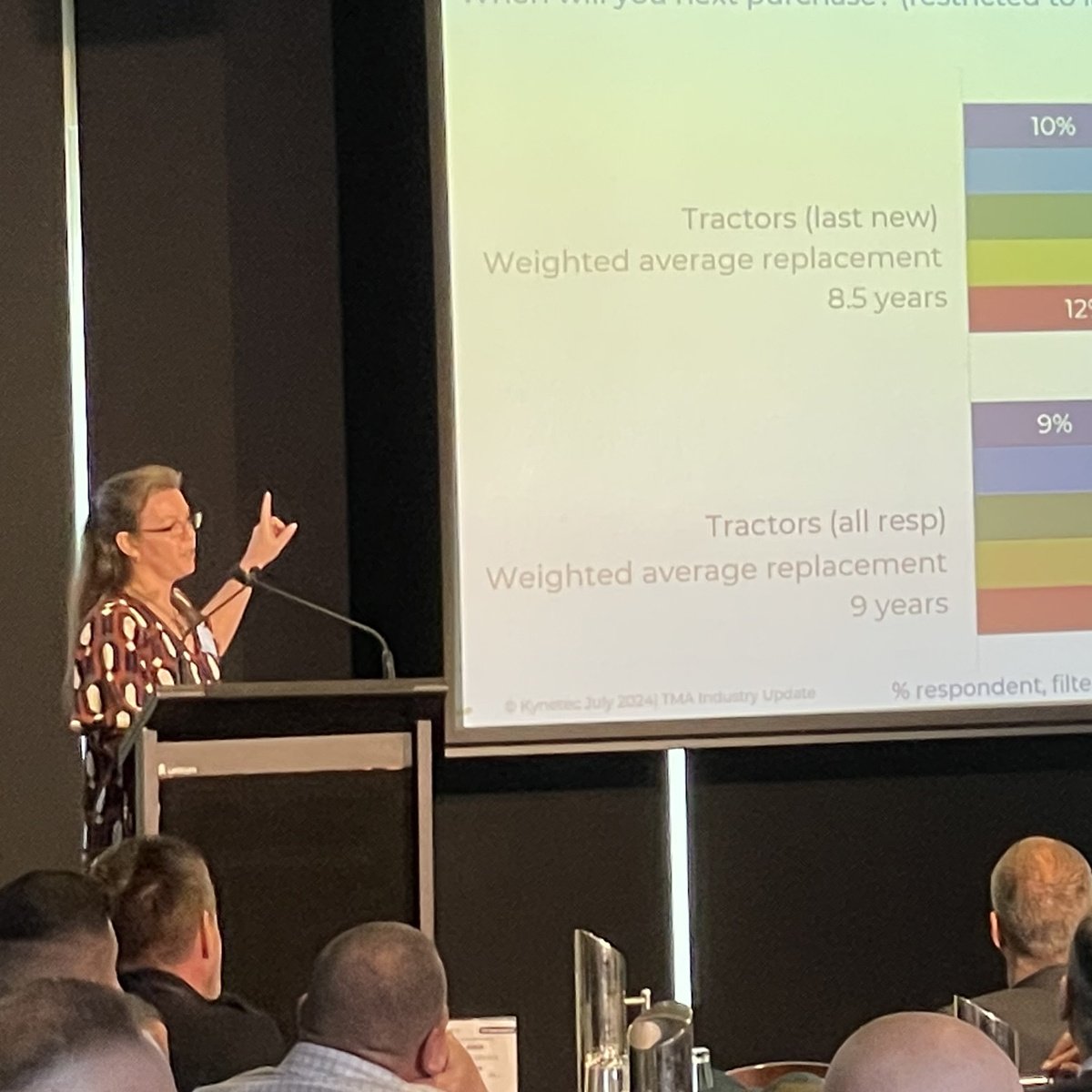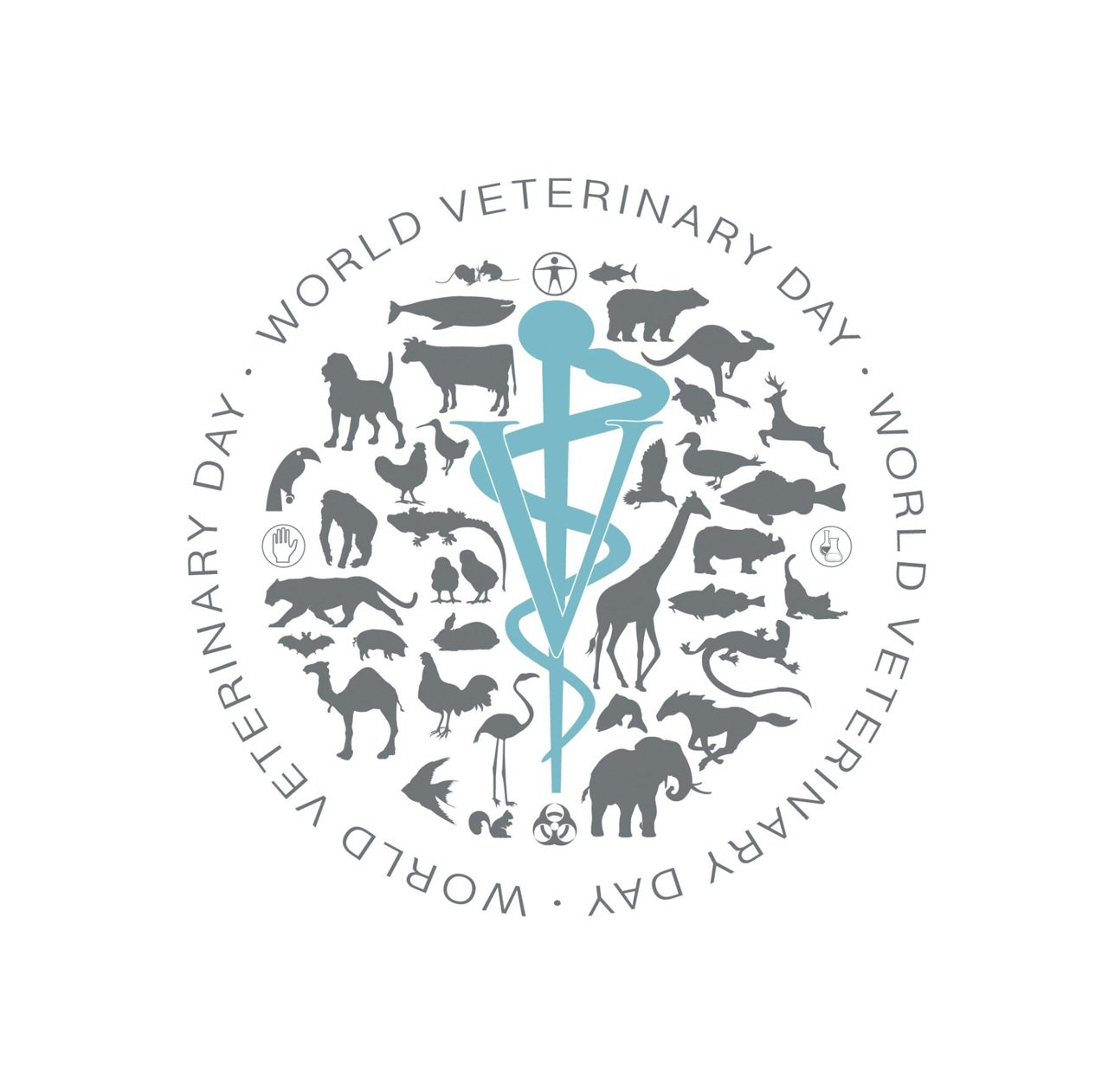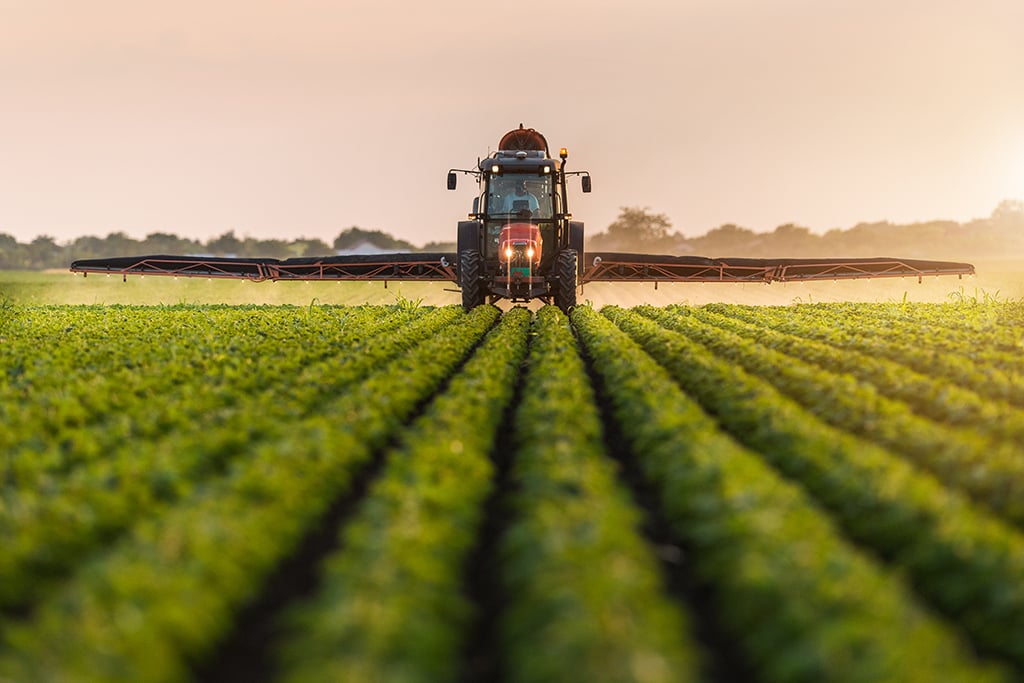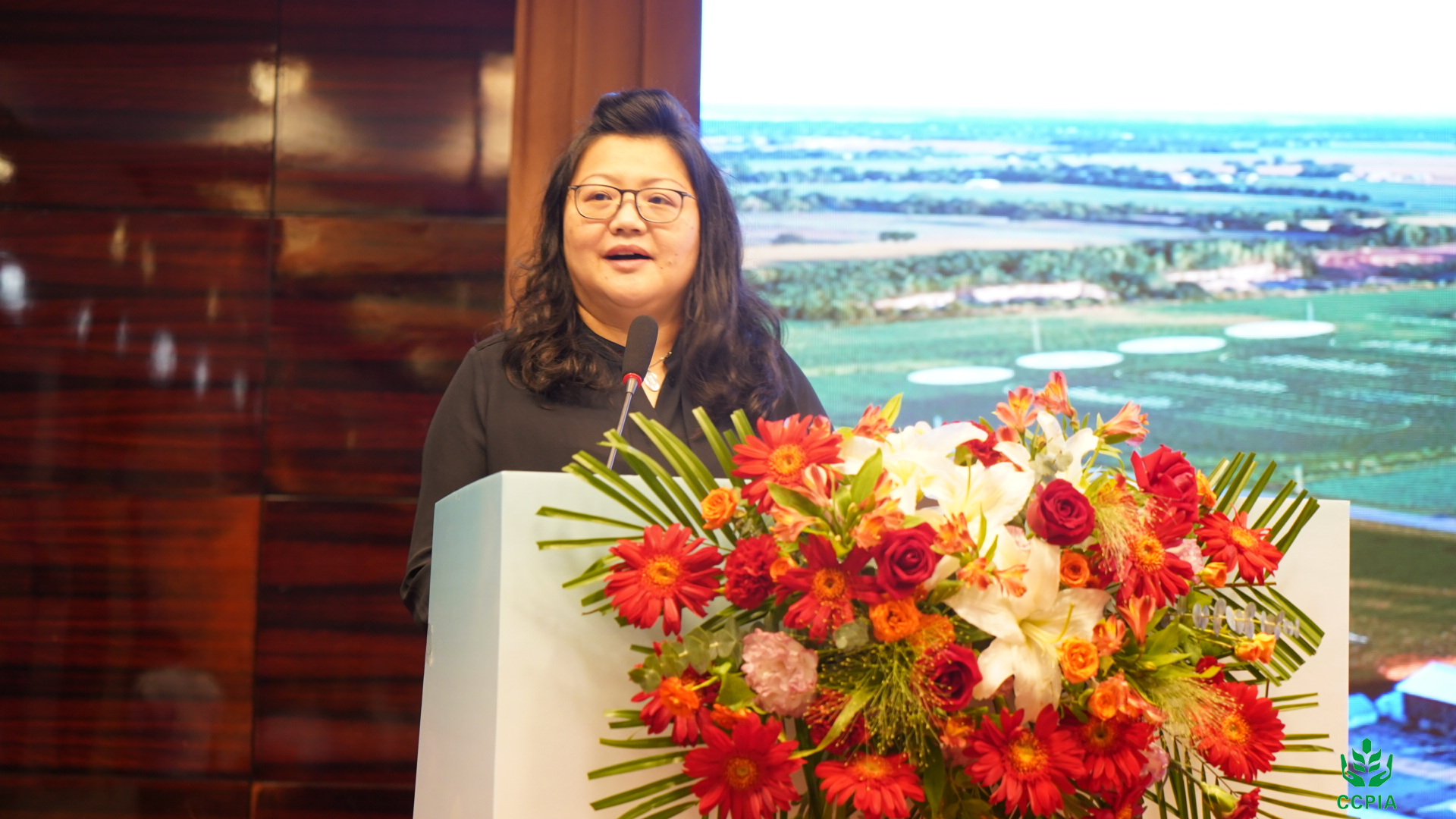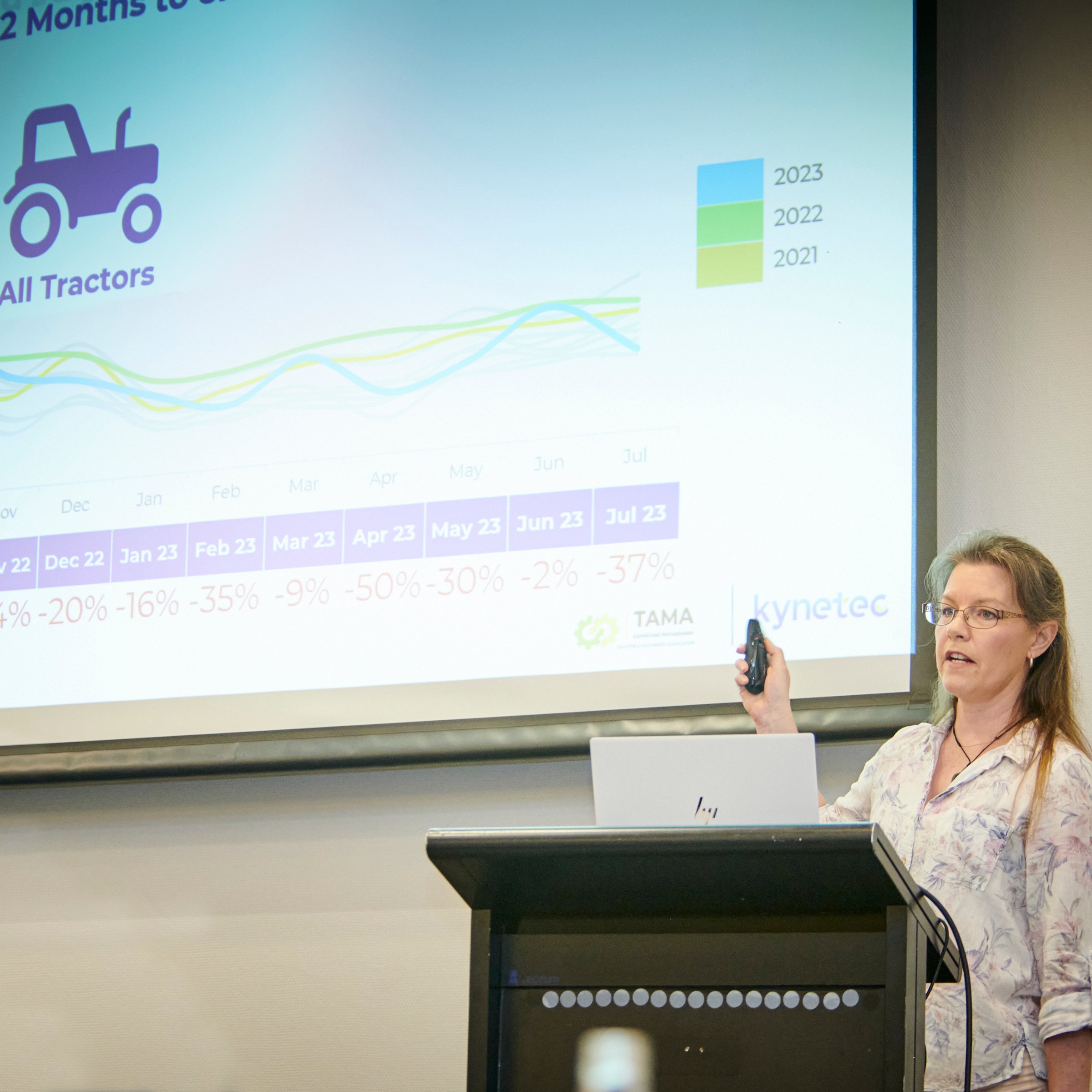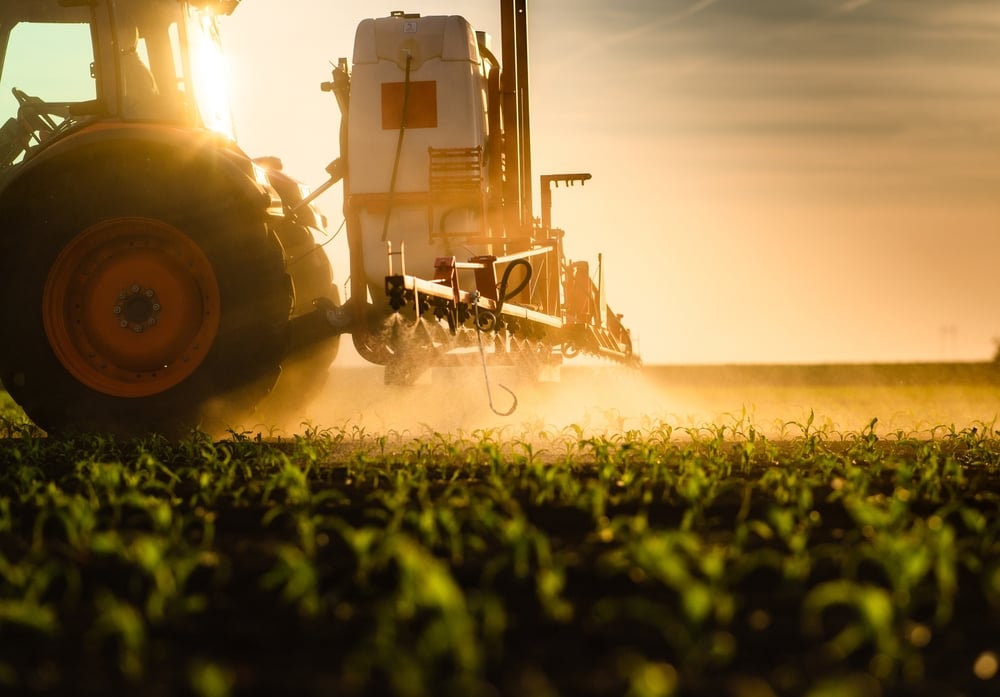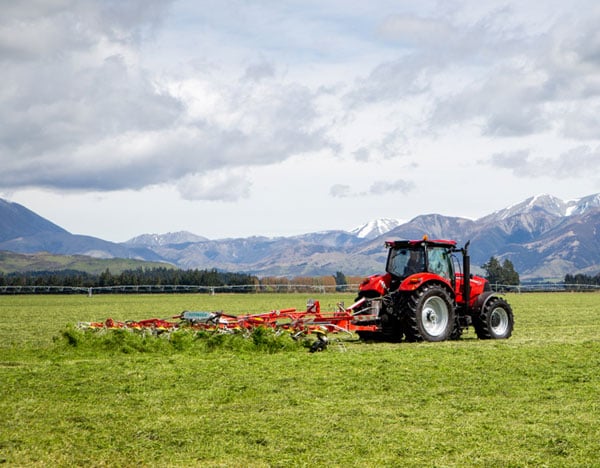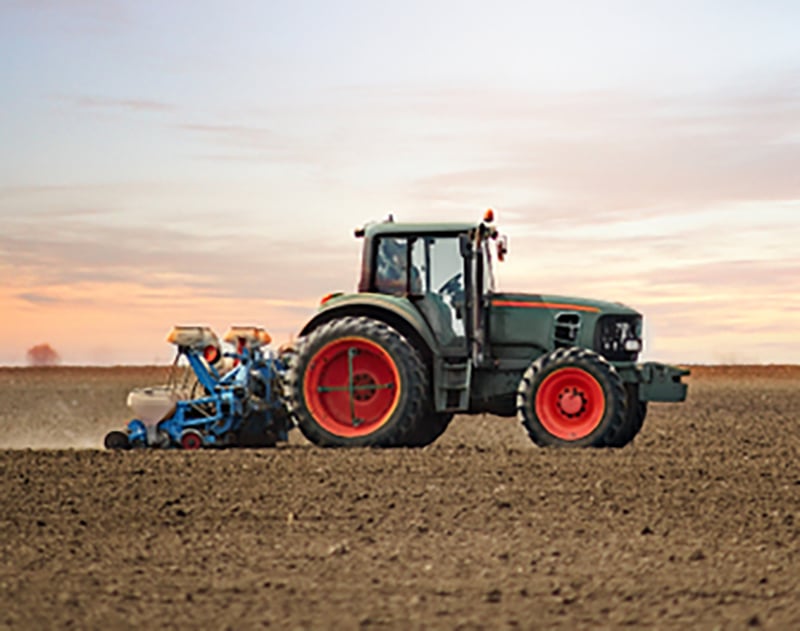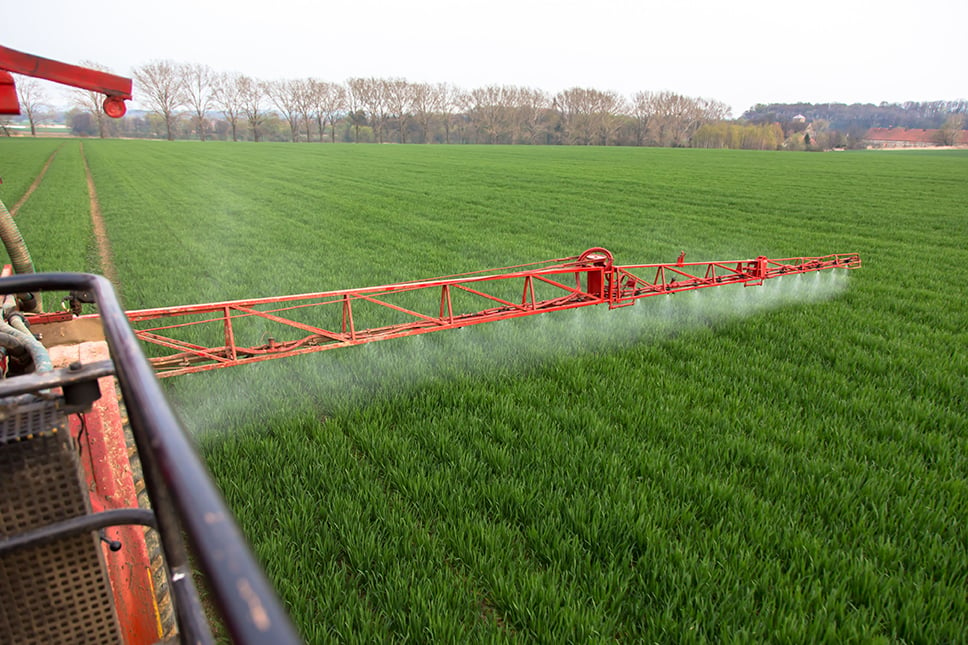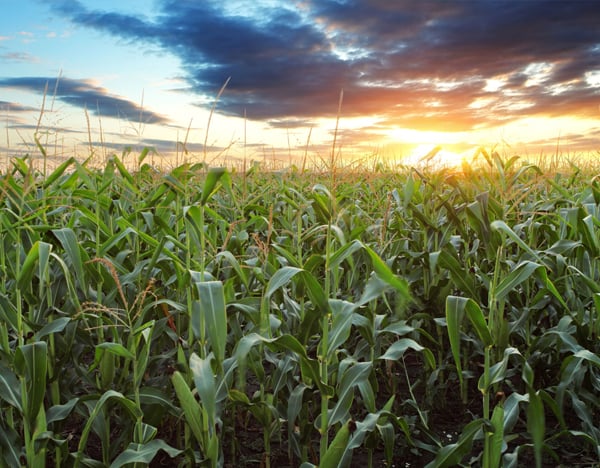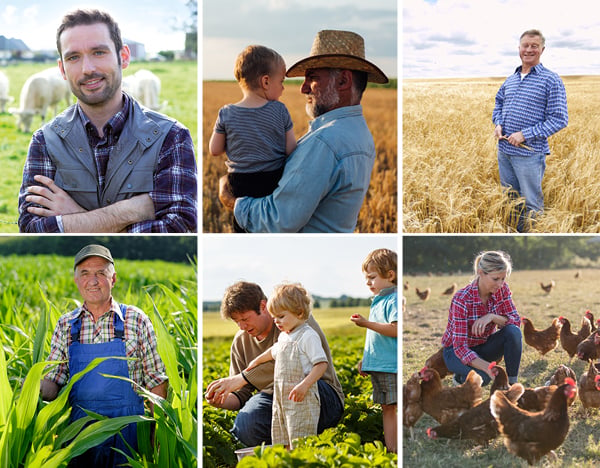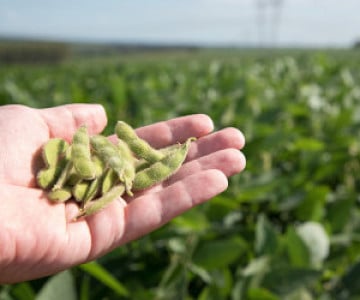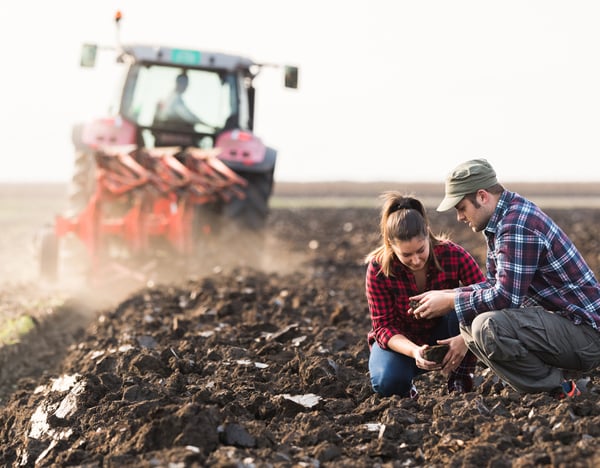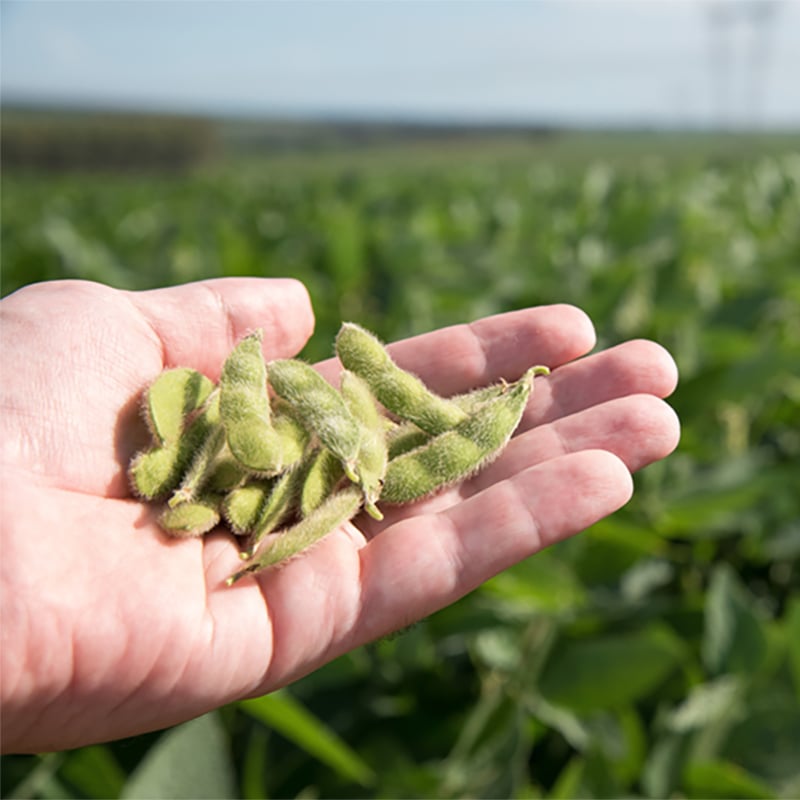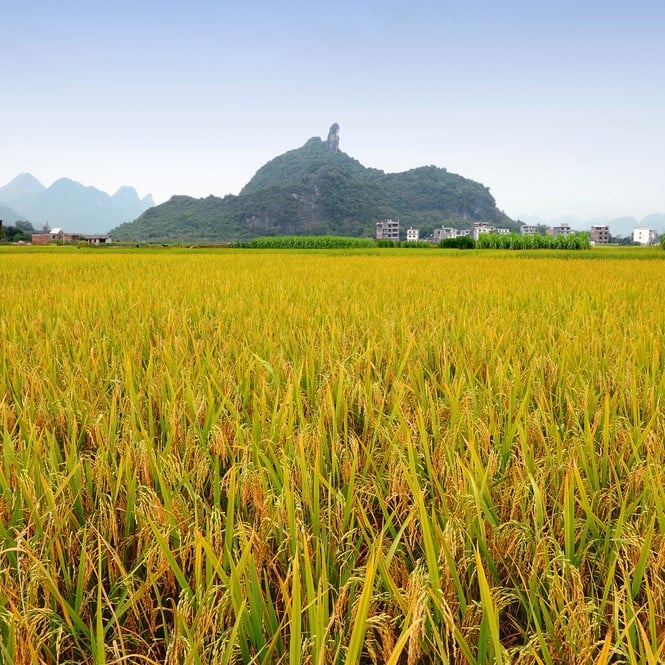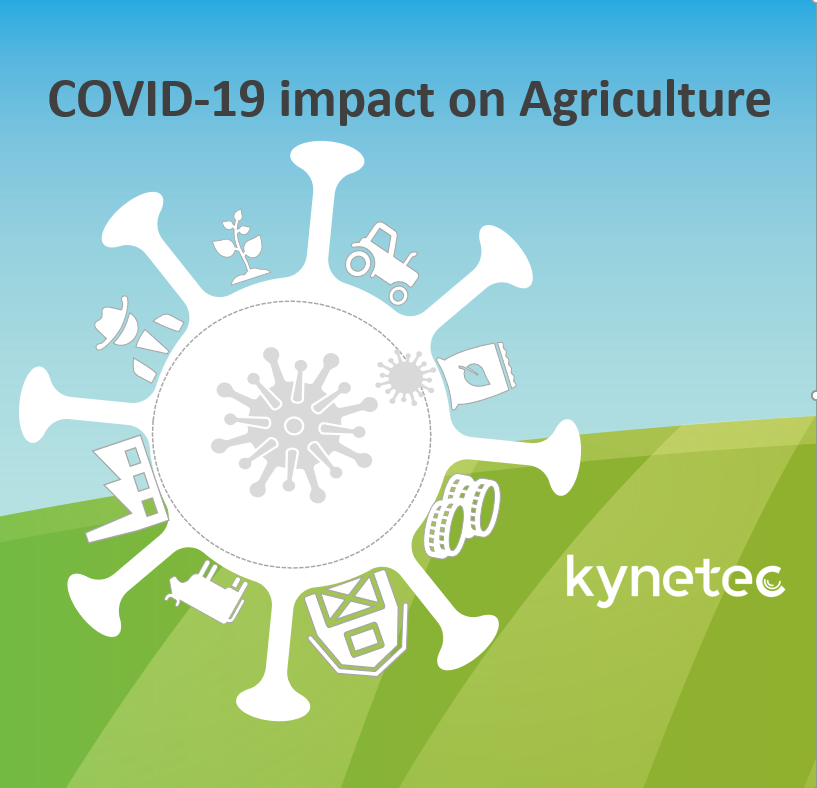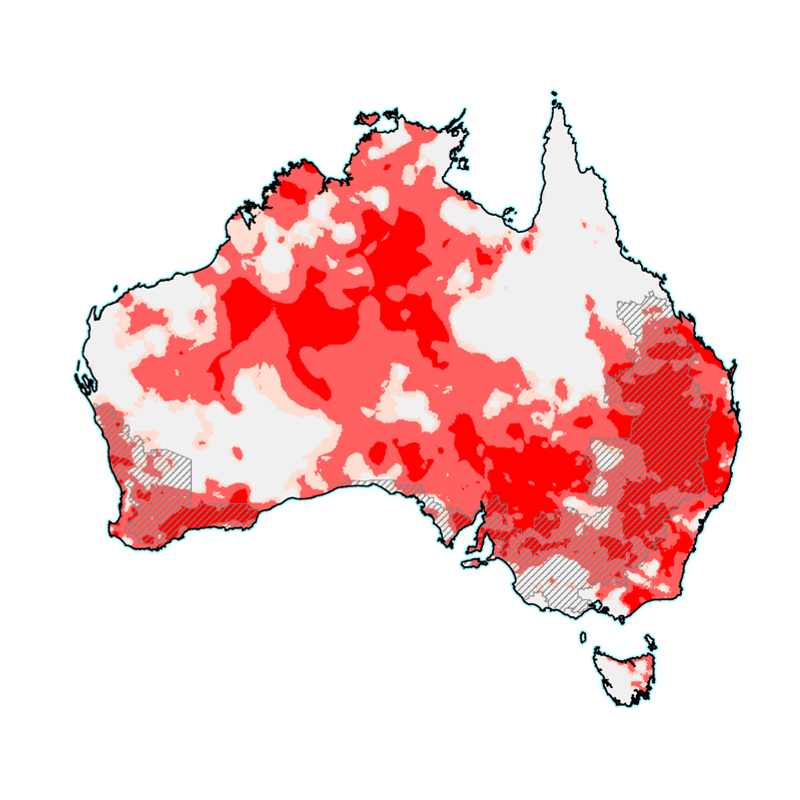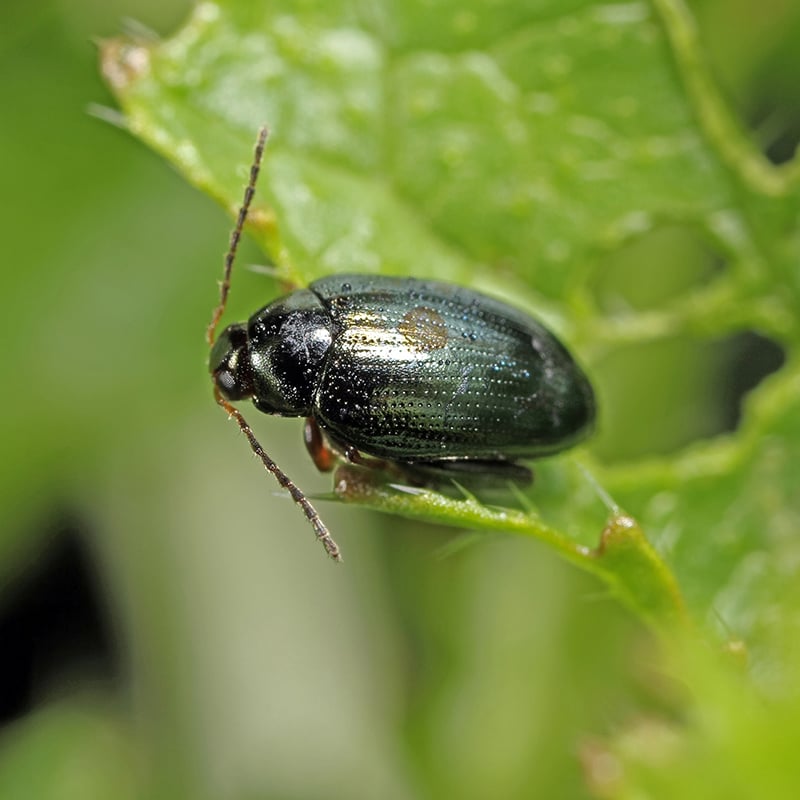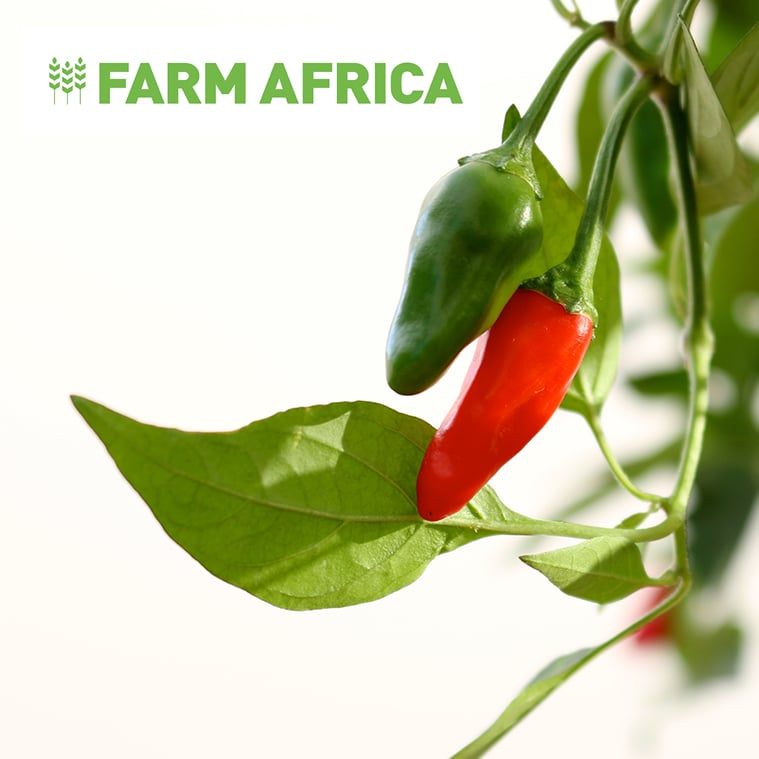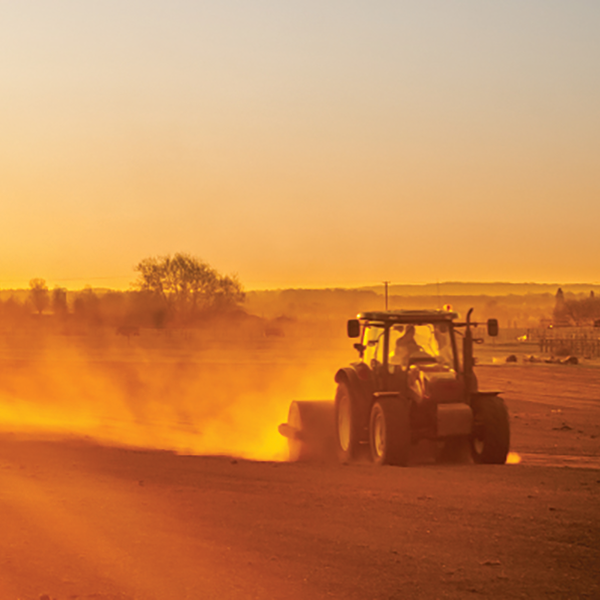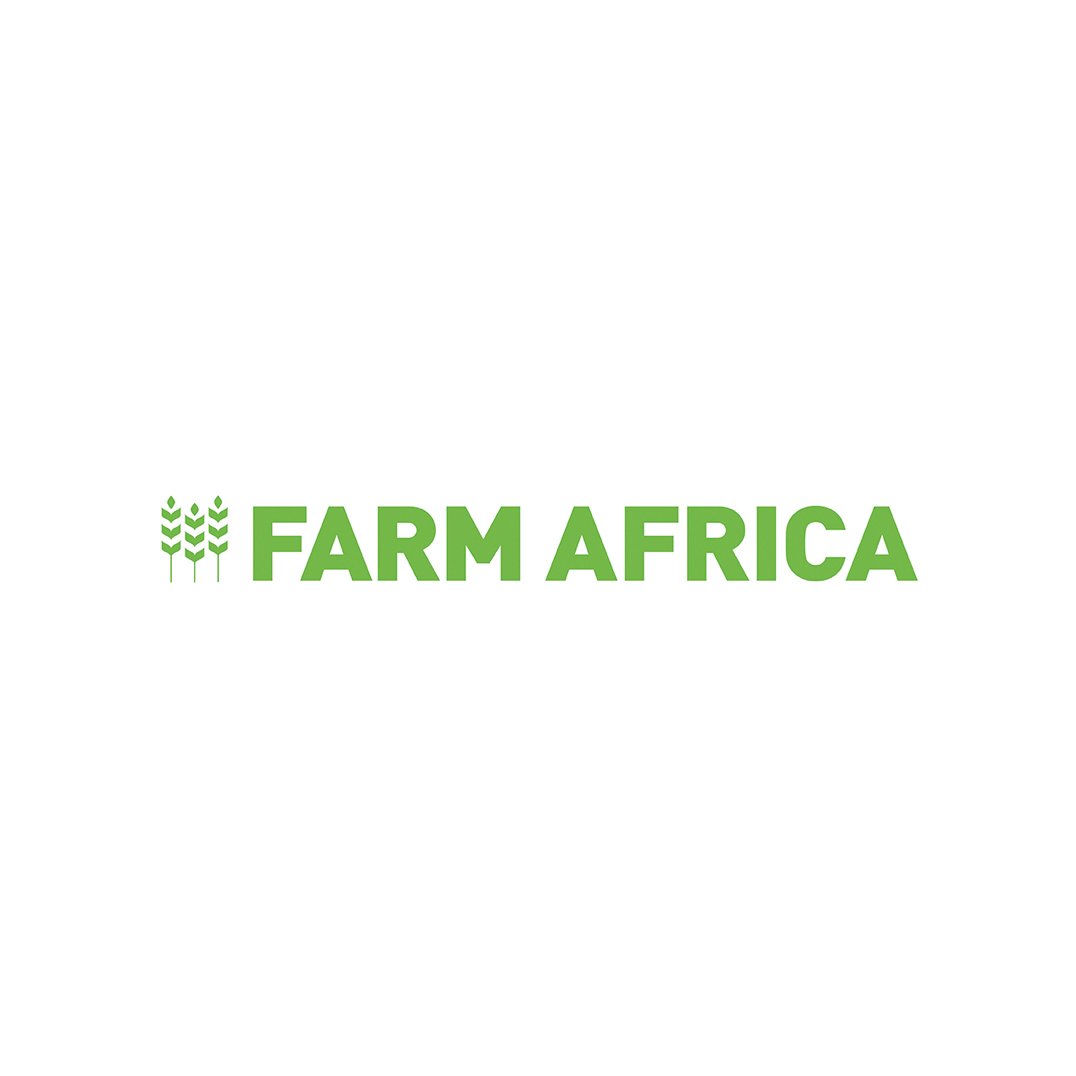Impact of Devastating Bushfires on Australian Agriculture
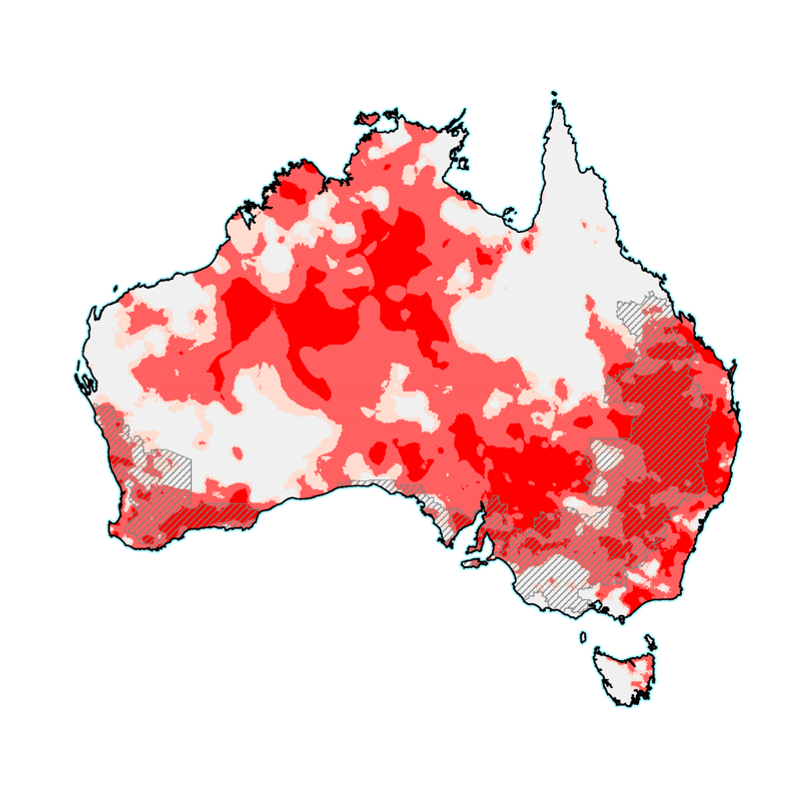
Australia is no stranger to bushfires. However, the 2019-2020 season has been especially long, with major fires of the season starting in September 2019, even before the official arrival of spring.
It is estimated that over 10 million hectares of land has been burnt, taking the lives of 34 people and destroying 3,500 homes. Ecologists estimate more than one billion animals, birds and reptiles have been killed.
The total loss of livestock in the bushfires affected areas will not be known for several months. At this stage the total losses of both sheep and cattle in New South Wales and Victoria are estimated at 25,000 lost, which accounts for approximately 2% of Australia’s total population of sheep and cattle. Some areas such as Kangaroo Island in South Australia have experienced significant losses. More than 100,000 sheep were destroyed, which is approximately 16% of the total population on that island.
Grape and wine producers in fire-affected regions are still assessing their impact. Total loss of vines as reported by Wine Australia is estimated at only 1 % of Australia’s total vineyard area. The extent of smoke damage to grapes in vineyards near the fires will be established with testing prior to harvest in February and March.
Much of the fire activity occurred in national parks and coastal areas, rather than in the key agricultural districts. The biggest impact on agriculture has been the major rainfall deficiency, particularly in Northern NSW and southern Queensland. The following map shows areas of rainfall deficiency over the 20-month period from April 2018 to December 2019 with the broadacre cropping zone superimposed.
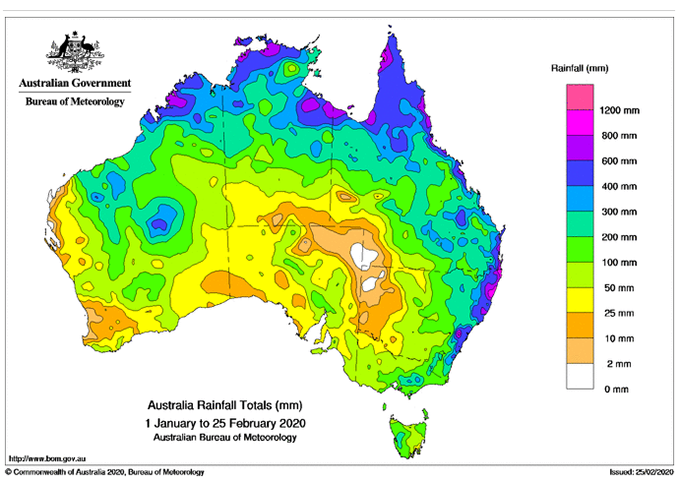
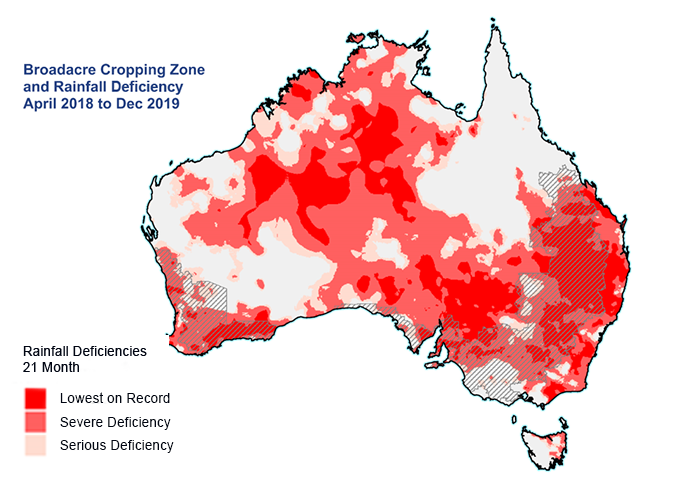
The result of the low rainfall has been a much-reduced winter crop. For example, the 2019 wheat crop of 13 million tonnes was 47% below the long-term average. Irrigation storages have been greatly impacted, which has resulted in one of the smallest rice crops in history. Cotton is estimated to decline by 82% to 61,000 hectares – the lowest since 1978-1979. Grain sorghum has also declined by a huge amount – down 71% to 143,000 hectares. Irrigated dairy has been priced out of the water market by higher value permanent horticulture crops in northern Victoria. Many dairy farms in northern Victoria have been forced to cease production and sell their entire herds to abattoirs.
On a more positive note, grain, beef and sheep farmers in Victoria are enjoying one of their best years in living memory. A combination of high grain, hay, beef, sheep meat and wool prices and above average yields generated a perfect storm of profit. Areas of South Australia, Western Australia and Tasmania also enjoyed a ‘reasonable’ 2019 season.
Rainfall in January and February has been exceptional and has had the double impact of both putting all the fires out and setting up a strong soil moisture profile in the long-suffering agricultural districts of Northern NSW and Southern Queensland. This is ideal for the coming winter cropping season!
News
The latest from Kynetec






